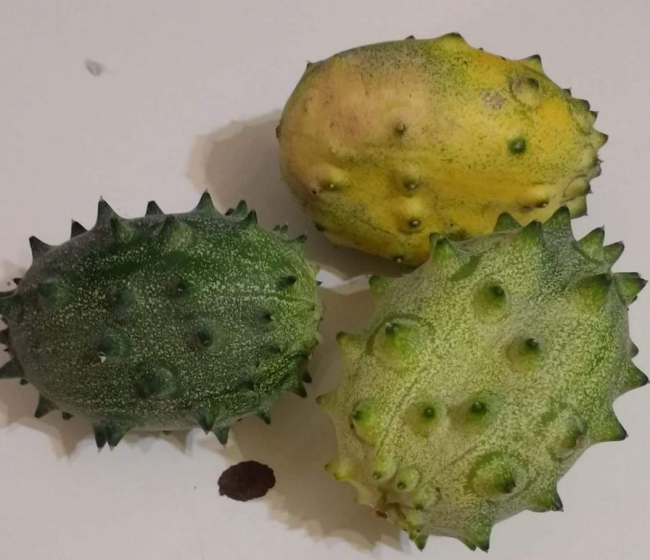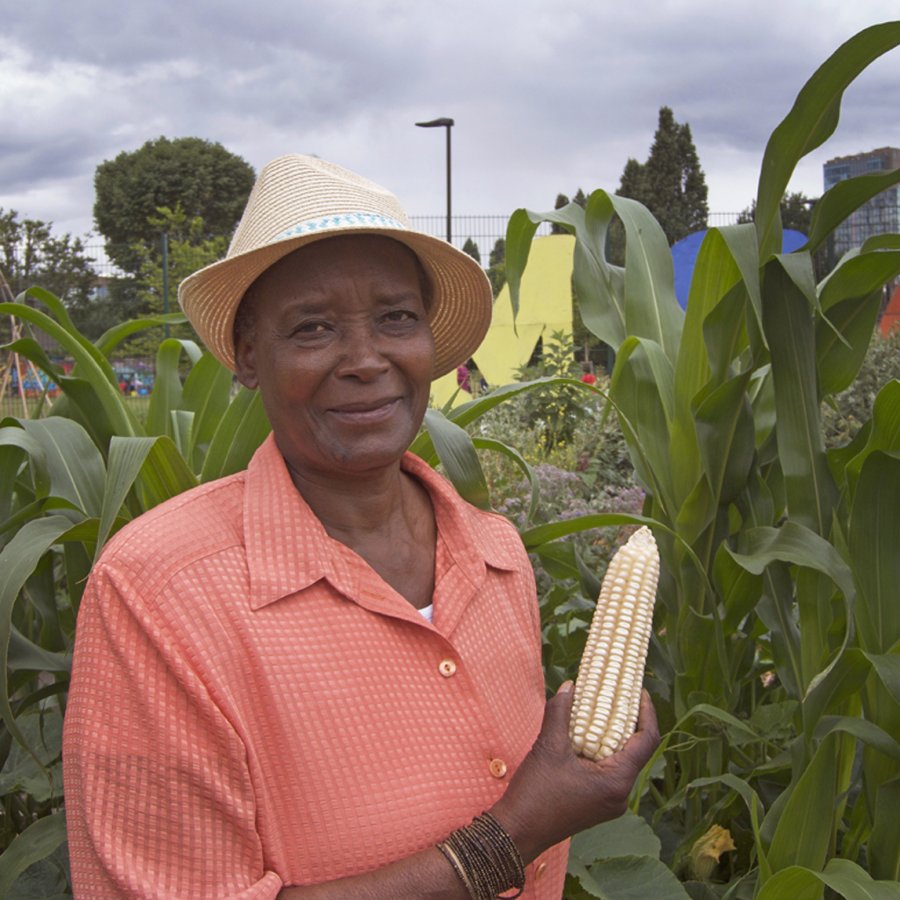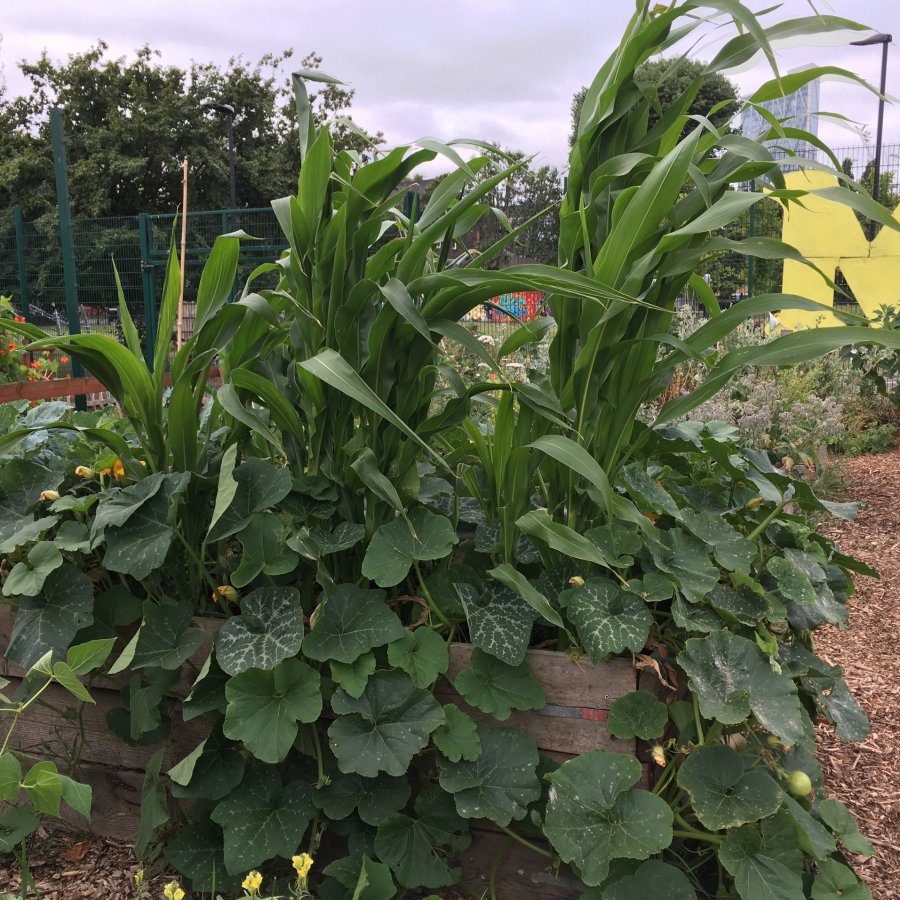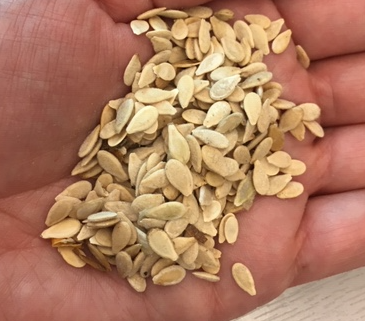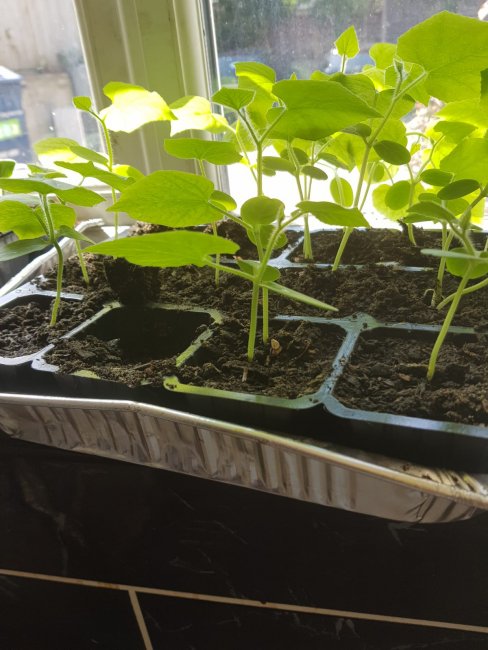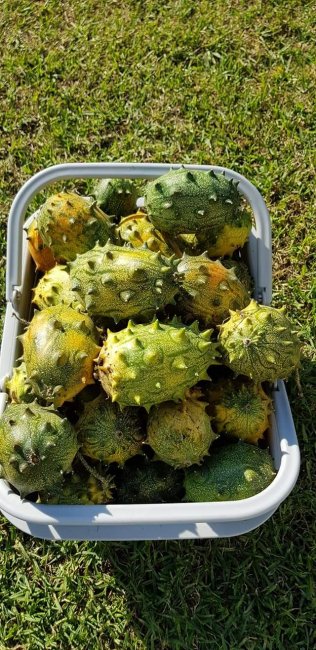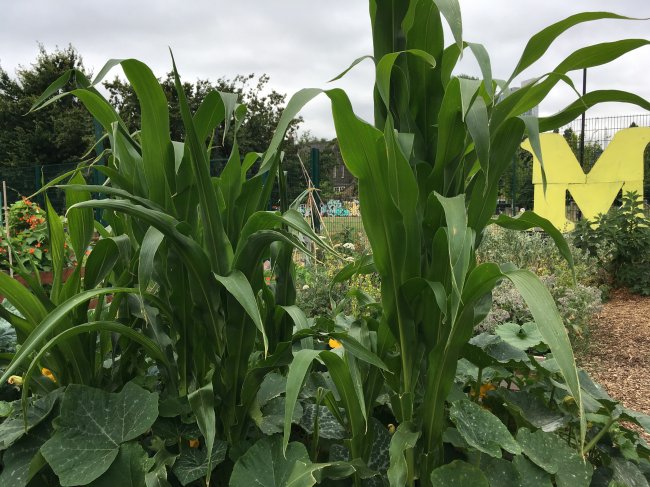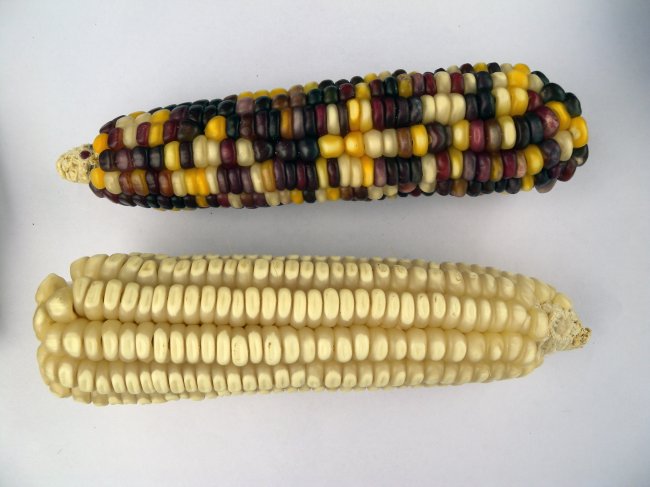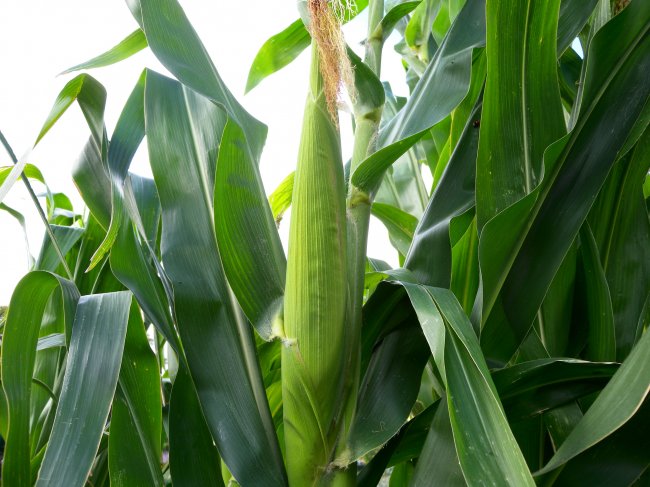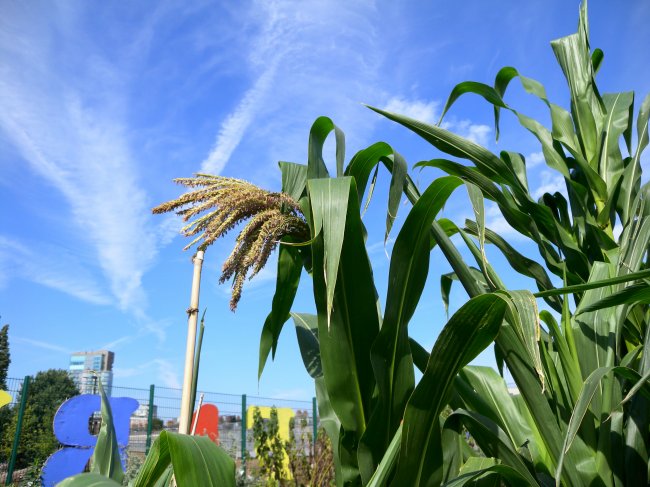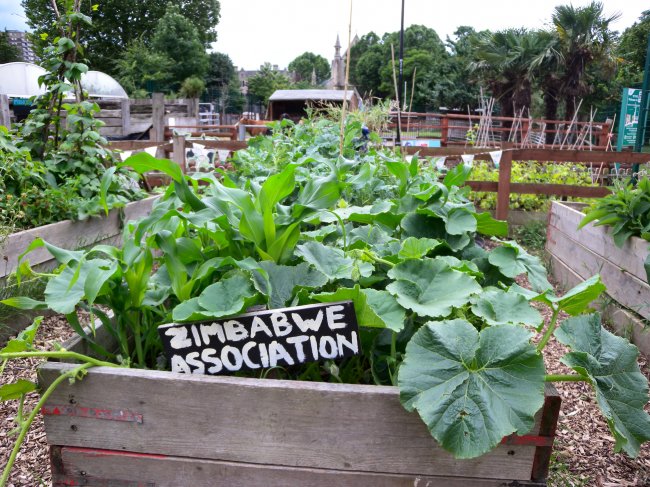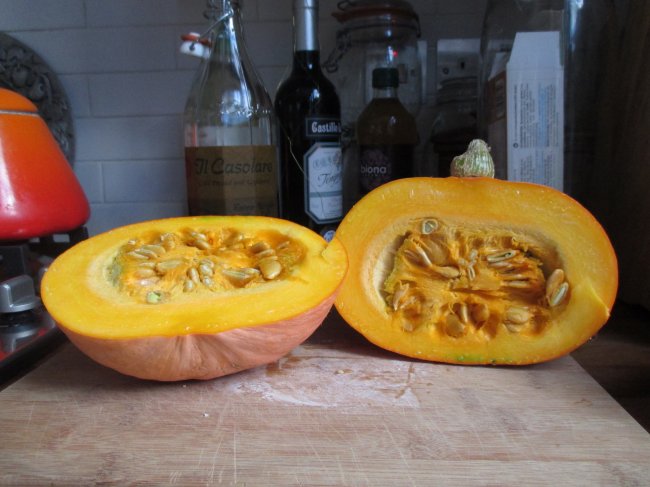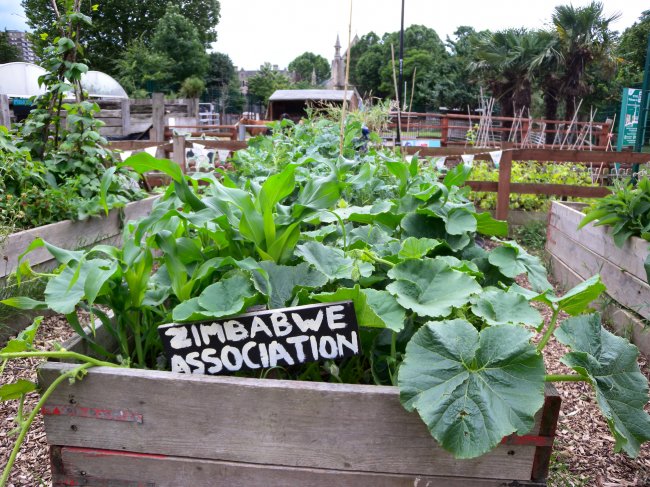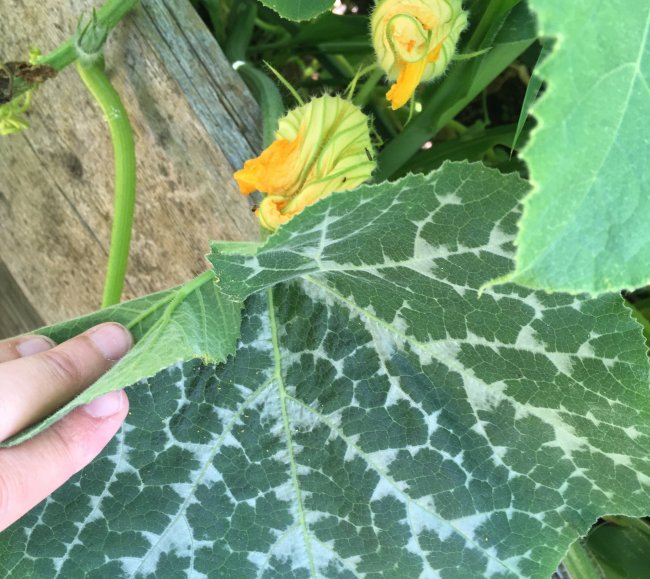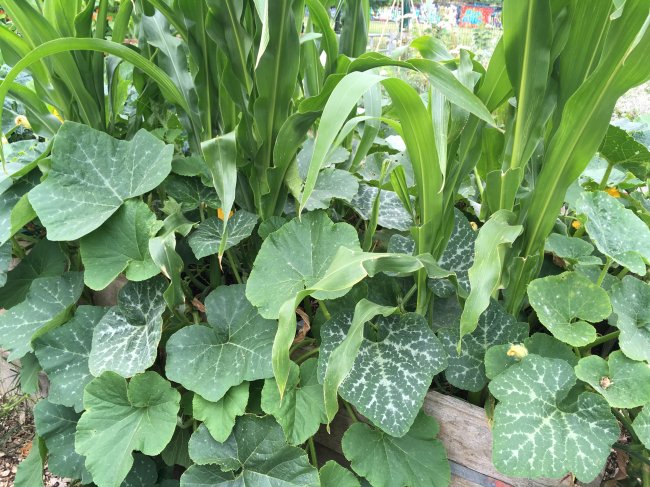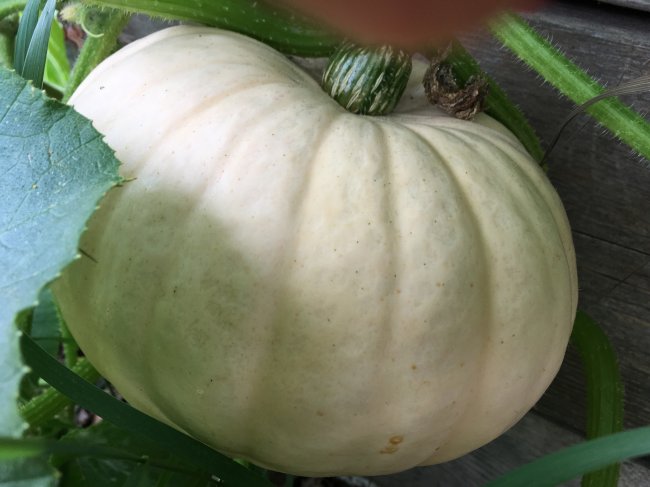Why I grow my own food
We grow our own food because it’s got the taste we want, the taste which we grew up with. If we eat things from here the taste is not the same as we grew up with, and we get depressed. So we grow our own maize and our own corn, pumpkins and kale. They are organic, because in Zimbabwe we eat organic food, we don’t use a lot of fertiliser or other chemicals.
We really love to come here and meet other people from our home. And other people from other places and introduce them to our crops and we see their own crops here. Some are similar to our crops but not the same. Each time we cook our food here people really like it, because they didn’t know that people can eat pumpkin leaves and put peanut butter or onion and tomatoes and cook them well. But now they’ve learnt a lot and they are very interested in our small garden.
Why I save seeds
We keep our own seeds for the next season, and we share the seeds. We give others. Seeds are very expensive, and you are not sure what type of maize it is. They give names but in the end you see it’s not the one you wanted. So if you keep your seed, you know your seed. And you have saved money. And I like saving seeds to share. I feel proud of giving people my seeds. That’s how you get friends, you know? And if someone gives you a seed, you say “Oh your maize is…I got it from Basilia, I got it from Dorothy, I got it from Rose, from Etracy, this is a seed from her.” Then we share. We give it to other people all over the UK, we post it to them.
Because the seeds were really kept by old people, the grannies. When you said, “I am looking for a seed,” they said “Go to that old lady, she’s the one who keeps seeds.” You know, children, young people, we were reckless keeping the seeds. So me, I am 72, I am the granny. So each time when it’s ploughing season they always phone me “Have you got seeds for mustard? Have you got seeds for maize?” I said “Ok I’ll post them to you.” So I have posted a lot of people this year, a lot of them, the seed. They call it my seed.
Connection between growing and my heritage
And it has helped a lot of people here. Because when we are here we are stressed because we are not home. We are out somewhere overseas. When we take pictures we send home they always laugh, “Have you got a field in UK?” I said, “Yeah we have a field!” They said “oh we thought the UK was just full of cement and tired places, I didn’t know there’s soil there. So you’ve got a farm?” So we just take a small portion then we laugh, and say, “I’ve got a big farm!” We grew up farming. We are farmers.
How I feel when I work in the garden
We talk, we sing, we chat about what’s happening at home and what’s happening here. When you come here and see some maize in the background, you just feel like you are at home. Each time you talk to someone and they are stressed you say “Just come to the garden.” We are here five or six hours. Sometimes they phone back, “Oh, today I am feeling well because I have seen the maize, I have seen the pumpkin leaves. I just feel like I am home”. It’s relaxing you know. It takes your stress.
I just feel happy, relaxed. I don’t think of other things. I am just thinking of my plants and chatting to other people. Gardening is therapy, especially for us. We get a bit homesick. Some are even sick, you know mentally sick. So we are trying to rehabilitate them, and ask people to come together and chat. Seeing seeds, sharing seeds, sharing ideas, singing. We always laugh here, we always sing. It makes us happy. I think it’s a good thing, and it’s healthy.
